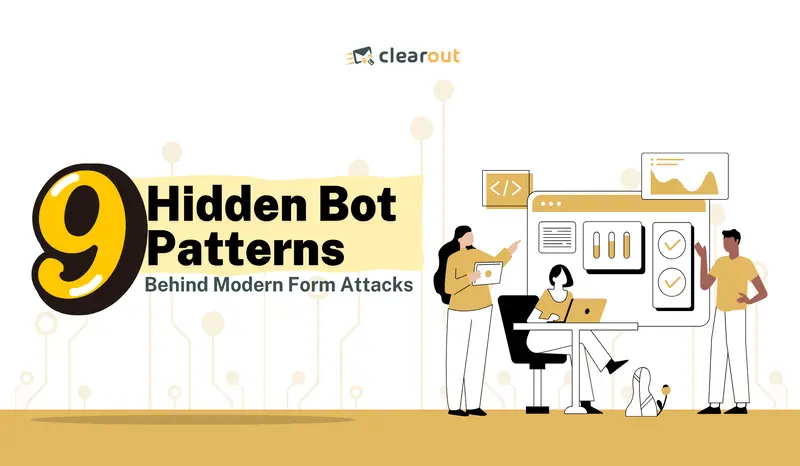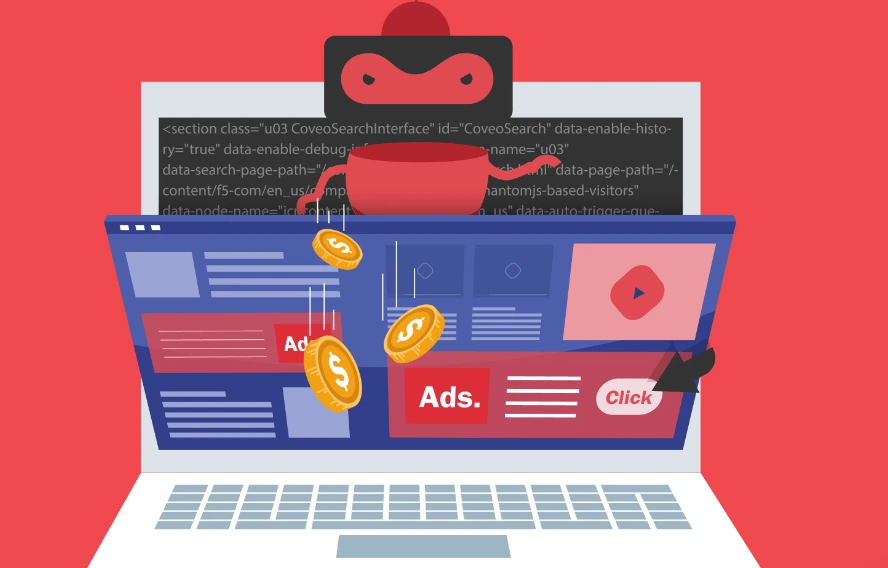‣ The 9 Hidden Bot Patterns Behind Modern Form Attacks
‣ Why Companies Struggle With Advanced Bot Detection
‣ How Clearout Detects & Protects Your Forms From Bots
‣ Modern Bot Detection vs. Traditional Bot Blocking (2026 Update)
‣ Real-World Case: How a Top U.S. Airline Beat a 30× Bot Attack
‣ The Real Cost of Ignoring Hidden Bot Patterns
‣ FAQs








